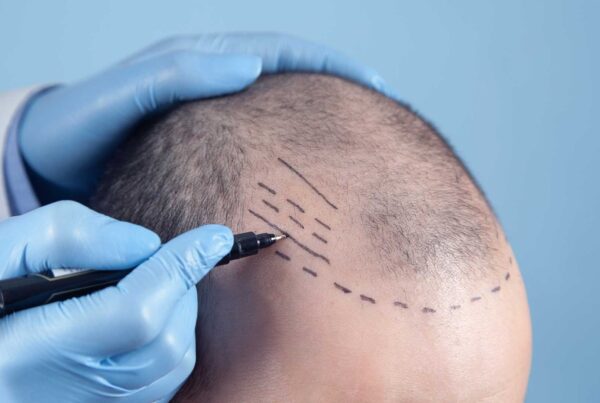Vascular conditions refer to various problems caused by abnormal growth or dilation of blood vessels beneath the skin. These issues are often associated with aesthetic concerns and can include conditions like varicose veins, spider veins, and other vascular lesions. Several treatment methods are available to address these problems, with sclerotherapy, cryotherapy, and laser therapy being the most common and effective options.
Sclerotherapy
Definition:
Sclerotherapy is a minimally invasive procedure used to treat varicose veins and spider veins. In this treatment, a sclerosing agent is injected directly into the target vein, which irritates the inner surface of the vessel, causing it to close and eventually be absorbed by the body.
Procedure:
- The procedure is typically performed in an office setting.
- A fine needle is used to inject the sclerosing agent into the vein. Anesthesia is usually not required.
Recovery Process:
- Patients can generally return to their daily activities immediately after the procedure.
- Compression stockings are recommended for a period following the treatment to enhance the results.
Advantages:
- It is a minimally invasive procedure.
- The recovery process is quick.
- It provides effective results in most cases.
Cryotherapy
Definition:
Cryotherapy is a treatment method that uses cold temperatures to treat vascular conditions. This procedure involves freezing the target vein, causing it to collapse and be eliminated by the body.
Procedure:
- During cryotherapy, cold gas or liquid nitrogen is applied to the vein using a specialized device. A protective barrier is often used to shield the skin.
Recovery Process:
- After cryotherapy, mild redness and swelling may occur in the treated area, but it typically resolves quickly.
Advantages:
- It is a pain-free treatment method.
- The vein is destroyed quickly.
- Immediate results can often be seen.
Laser Therapy
Definition:
Laser therapy is an effective treatment method for vascular lesions. It uses focused laser light to heat and treat the inner lining of the vein, leading to its closure.
Procedure:
- Laser therapy can be performed in an office setting and typically does not require anesthesia.
- A gel is applied to the skin, and laser light is directed at the target vein.
Recovery Process:
- There may be mild redness and swelling after the procedure, but these effects usually subside quickly. Patients can resume daily activities immediately after the treatment.
Advantages:
- It is a minimally invasive approach.
- Effectively reduces the appearance of veins.
- Provides fast and lasting results for most patients.
Each of these treatment methods offers a targeted, minimally invasive solution to address various vascular issues, with the potential for effective, long-lasting results. The choice of method depends on the specific condition and the patient’s preferences, with all options designed to improve both function and aesthetic appearance.





